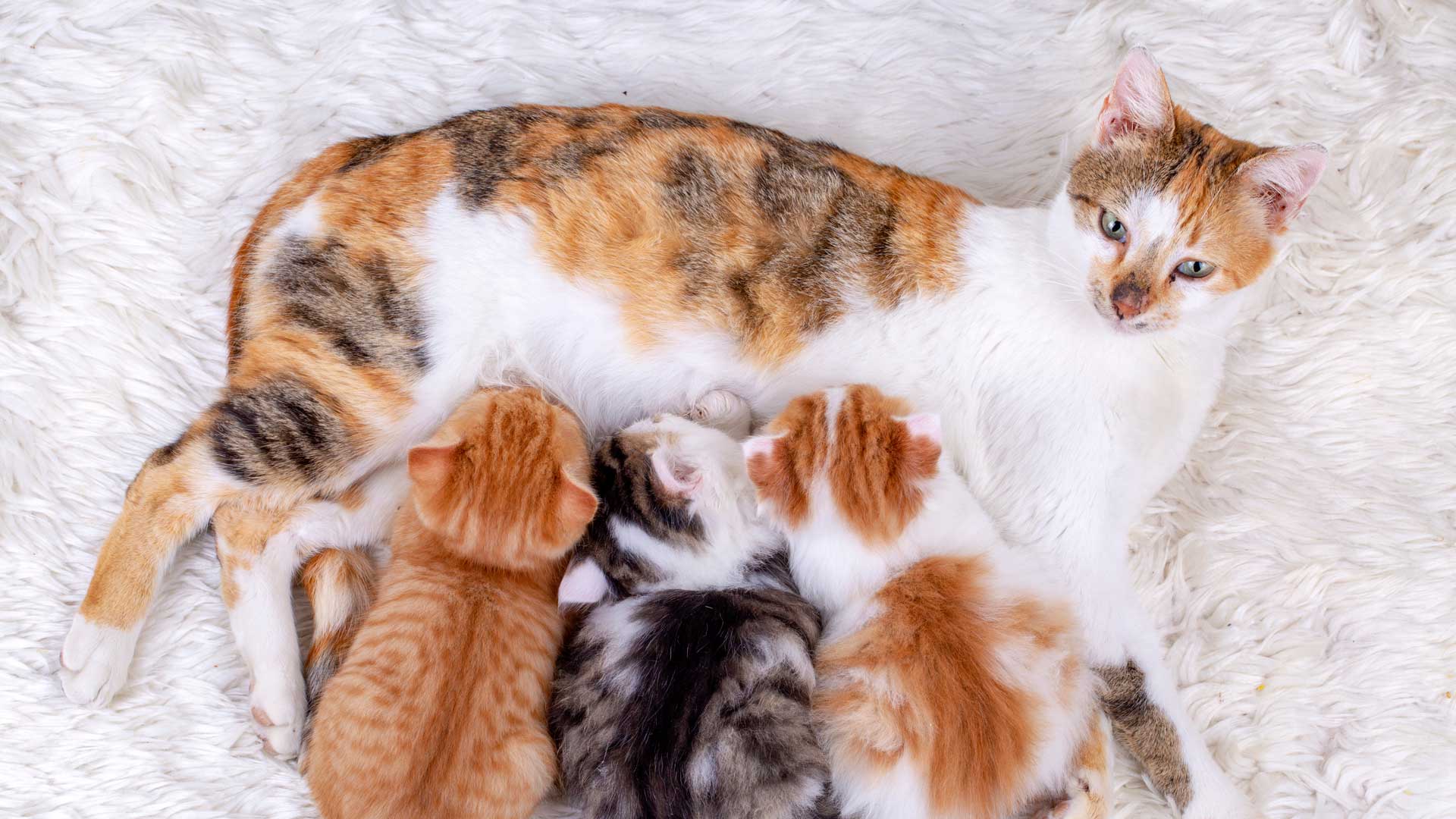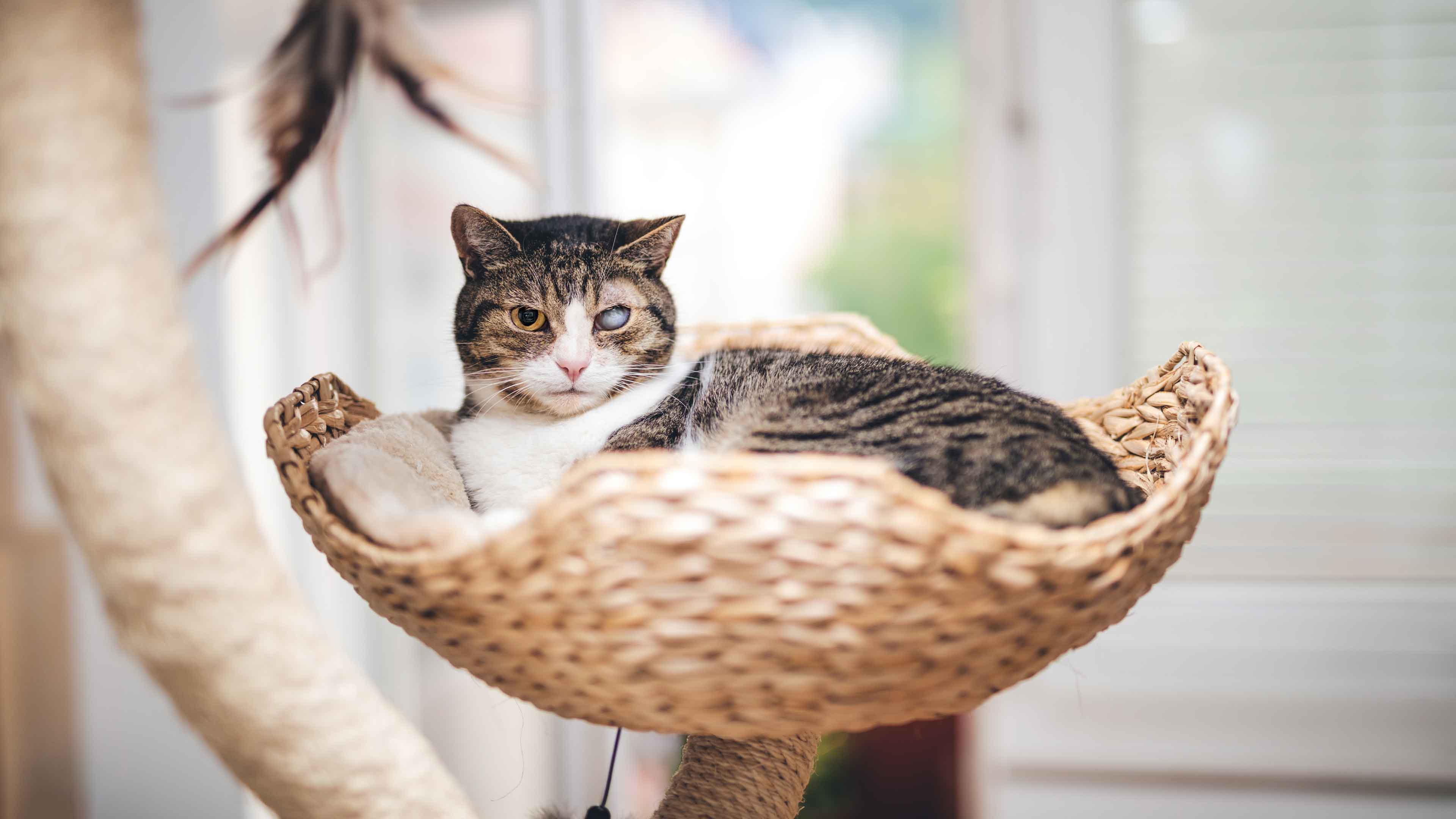Five tips for cat grooming
Cats do a good job of keeping clean, and if they’re indoor cats (strongly recommended, BTW), they won’t usually need much bathing help from you. But…
Their fur can sometimes be a little odorous – hey, they use their tongue to bathe, and they eat fragrant food, so no surprise. Plus, cats who shed quite a bit, like long haired cats or very finely haired cats, can develop “matts” or collections of knotted loose hair that get stuck on their existing hair. If swallowed during self-grooming, these matts (a.k.a., hairballs) can get stuck in their stomach and force them to vomit, usually on your carpet or couch. :(
So you might need to help your kitty smell fresher or remove all their extra “already shed” hair. Some people take their cat to a professional groomer, but if your cat is somewhat willing to get a little wet, you can try regular baths at home.
How often should you bathe your cat?
First answer: not often. That’s what your cat would probably say, anyway. Actually, it depends on coat length and type, self-grooming behavior, activity level, environment, and overall health. If you cat’s health is good, and they are able to take good care of their coat without hairballs or matts, they probably need fewer baths. And you definitely don’t want to overdo it, because too much bathing can cause dry skin, flaky skin, or sometimes even itchy skin.
How to keep you and your cat safe and relatively happy
For a little at-home grooming session...
Prep: Start with a nail trim, pre-warm a couple of towels, and hold off on bathing for 48 hours after they’ve received topical flea preventive (so you don’t wash it off).
Wash: Only use pet shampoo (seriously – skip the fancy human shampoo) , and follow the directions on the bottle. Use a pitcher or large cup of warm (not hot) water instead of water directly from the faucet, use a wet cloth around sensitive areas such as ears and eyes, be alert and present the entire time, and keep the bathroom door closed to keep the rest of your home dry.
Rinse: Be sure to get all of the shampoo rinsed off of your cat when you are done. Leaving shampoo on their coat after a bath will make them itchy and uncomfortable, and can cause skin irritations. This is also a good reason to use only as much shampoo as you need and avoid any extra.
Dry: Use those pre-warmed towels, be efficient but gentle, check with your finger to make sure your cat’s ears are dry and odor-free (you can even use a cotton ball or tissue to make sure the inside of your cat’s ears are dry; but don’t use a Q-tip), and finish with a good brushing all around.
Before you give it a try, don’t hesitate to make an appointment with your Banfield veterinary team and ask any questions about pet grooming, ear cleaning, brushing, nail trimming, etc. We've been there, we know what it’s like, and we're here to help you (and your furry friends!) succeed.
 Mites and mange
Mites and mange Podcast - Not Just Fluff
Podcast - Not Just Fluff











